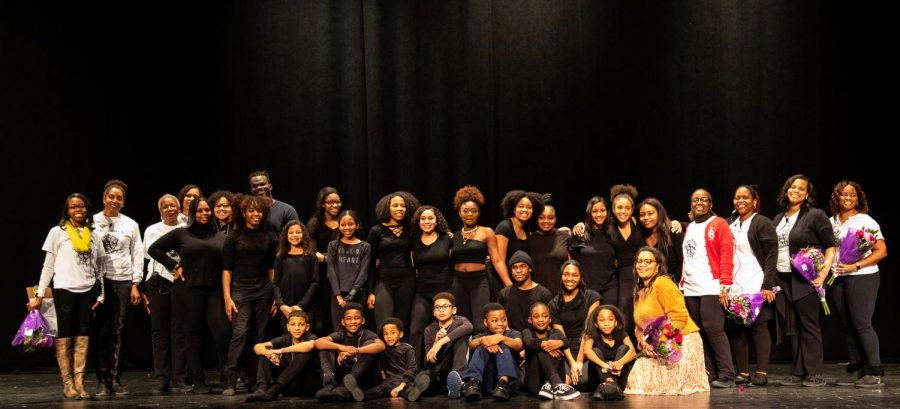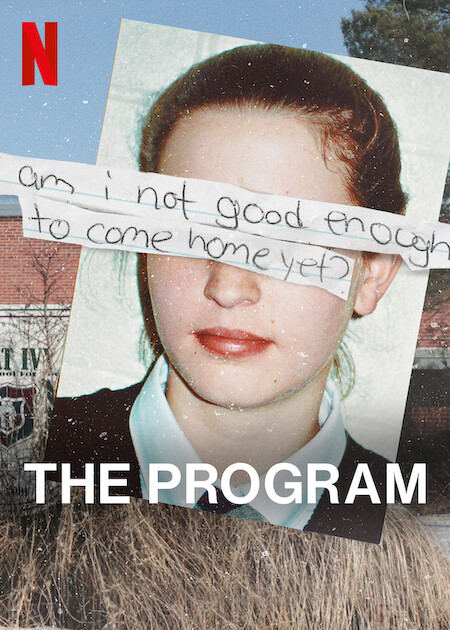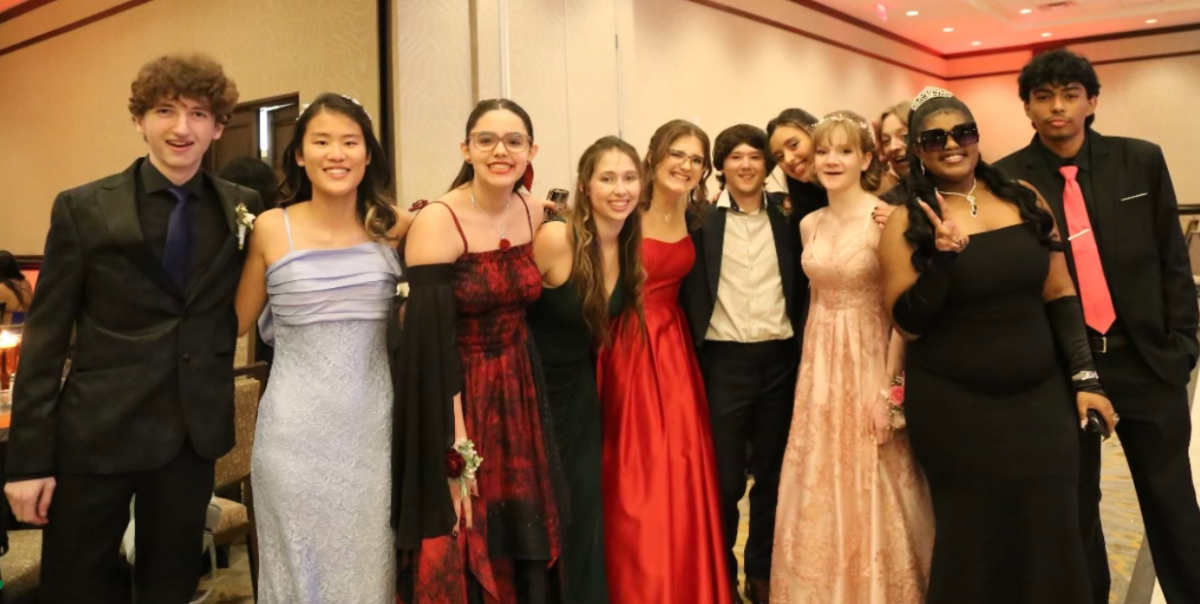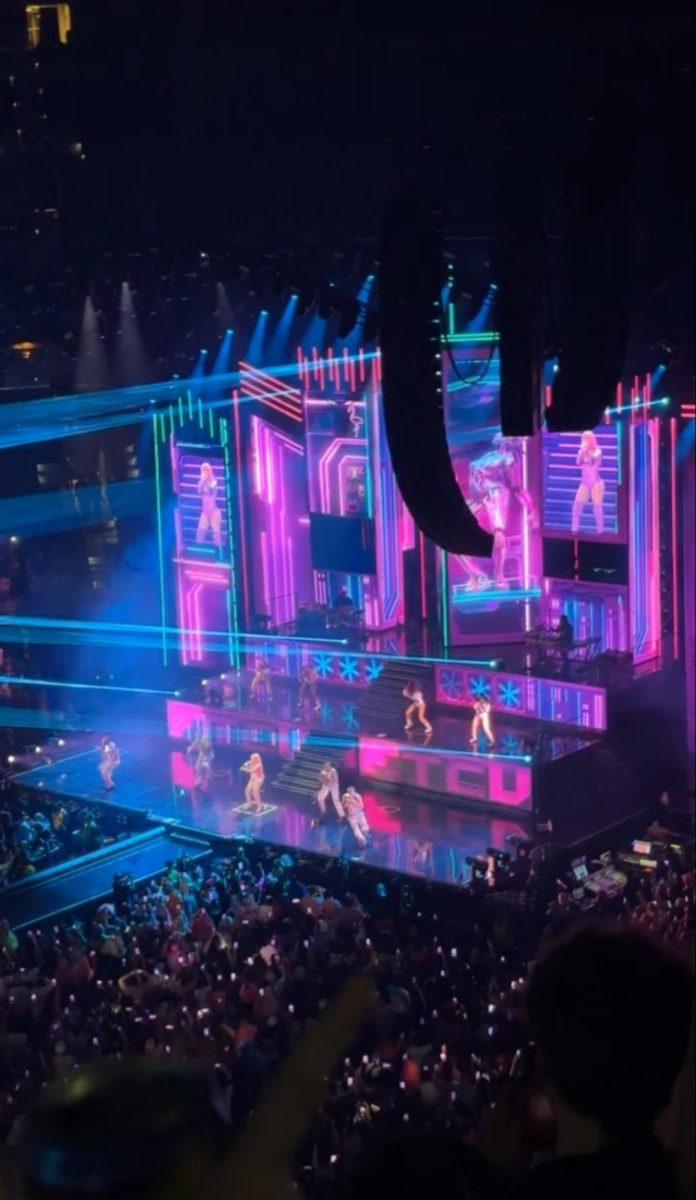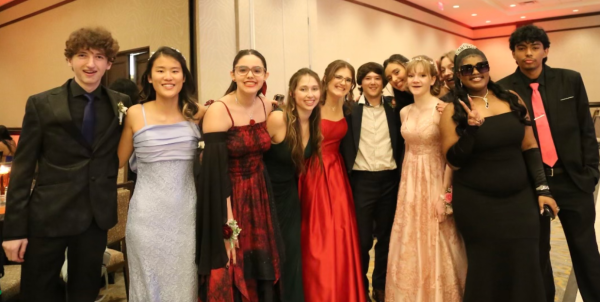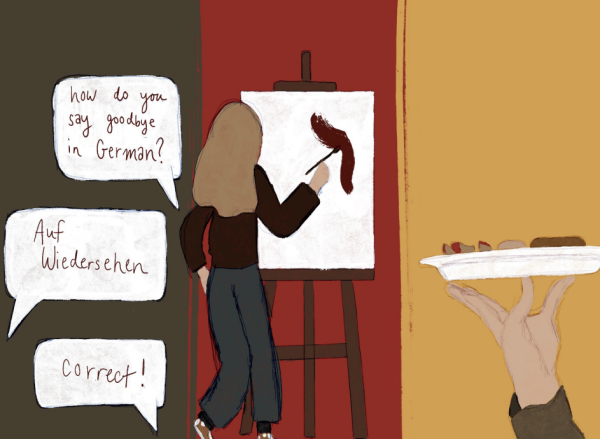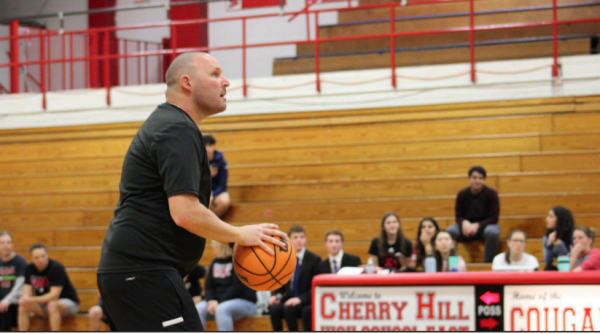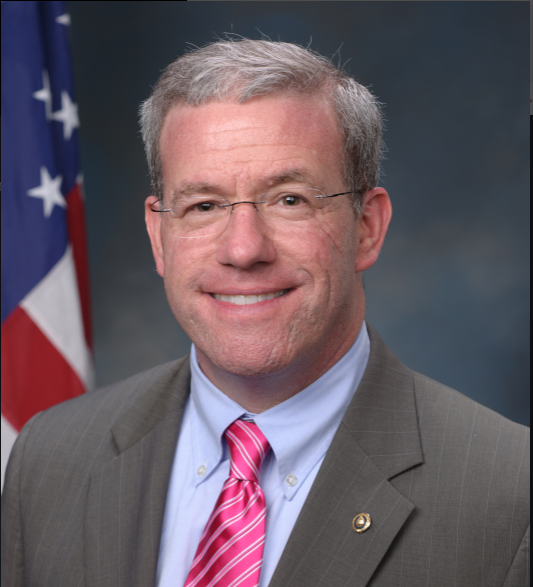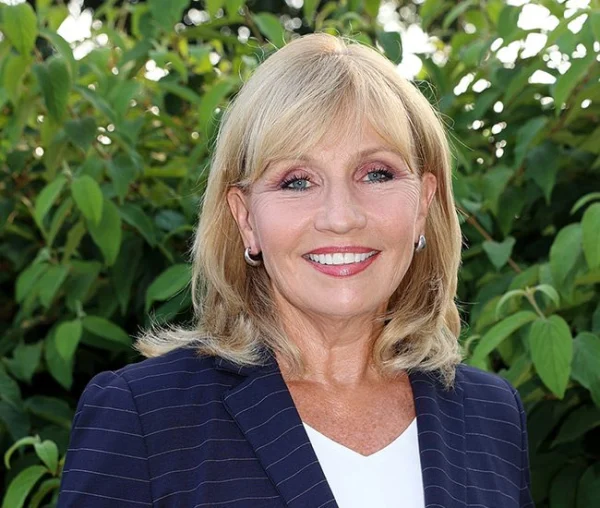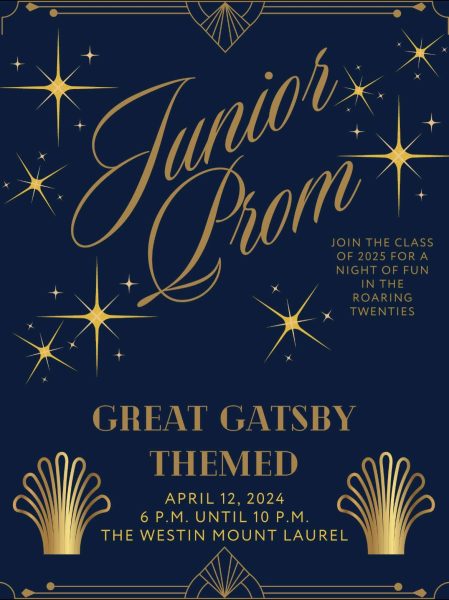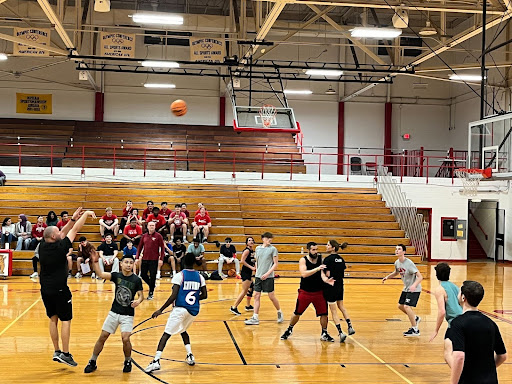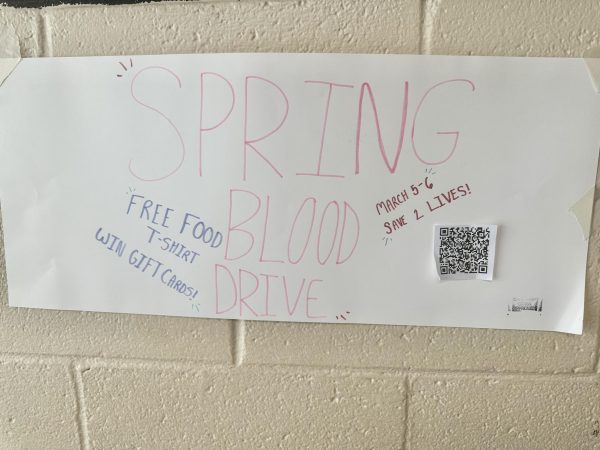“Our Music, Our Story” 100 Years of Making our Voices Heard
The cast and crew of the production come together after the final performance to pose for the camera.
February 10, 2020
Story originally appeared in the 2020 February Issue
The annual showcase run by African American Culture Club took place on Saturday, February 8, at 2 p.m. Titled “Our Music, Our Story: 100 Years of Making Our Stories Heard,” the show reflected the African American experience through the use of music from the 1920s to the 2000s.
This year’s theme, “Music Throughout the Decades,” has come to embody the unique history of African Americans in the 20th and 21st centuries through the eyes of the Cherry Hill Community’s own members.
Mrs. Genene Barnes, Advisor of the African American Culture Club, had been watching the show take place for the past 19 years that she has been working at East.
Sponsored by the African American Culture Club, it is still a production that the students and clubs undertake in conjunction with Cherry Hill East, Cherry Hill West and the Cherry Hill Civic Association.
This year, the show was held at Cherry Hill High School West’s auditorium. Practices for performers were held twice a week on Wednesdays and Saturdays at West, for two hours and thirty minutes each.
The theme of “Music Throughout the Decades” was created in hopes of opening people’s eyes concerning the integration of African Americans throughout the decades of the 1920s-2000s. Momentous events of African American history were reflected through dancing, singing and poetry at the showcase.
Students reflected on events including the Harlem Cotton Club of the 1920s, lynching in the 1930s and the African–American presence in Vietnam during the 1960s.
Members of the show also collaborated with history teachers at East to expand their knowledge of events they portrayed within their performances.
East special education teacher Ms. Tanitra Rogers taught a lesson concerning the protest of lynching with the song “Strange Fruit” by Billie Holiday. It helped influence the interpretive dance to this song, which was performed by Mckenzie Taylor (‘21), Mia Bonner (‘21) and Nia Slaton (‘22). Another dance was performed to the song “Honeysuckle Rose” by Thomas Fats Waller.
“The overall goal is educating the Cherry Hill Community about Black History past, present, [and] future,” said Barnes.
Despite the multitude of extracurriculars that her own children are involved in, Barnes still encourages them to make the time to be a part of this show.
Many of the students who are involved in the show have been participants of African American Culture Club in previous years. They learn to show a thematic representation of black lives in U.S. history while spreading an important message.
Aliyah Bowles, the director and choreographer of the show, incorporated music of great importance to project what people may not know about African Americans throughout the decades. Although she came up with the ideas and choreography, the contents within each piece were usually student driven.
“There are a lot of things that we do on our own that Aliyah then [confirms] with us and [enhances] our vision,’’ said performer Machayla Randall (‘21).
This year, performers expressed that they represented very essential events that must always be remembered in African American history, impacted by experiences since the early 20th century and experiences of students now.
“We have freshmen and sophomores participating [this year] so hopefully they can [establish] a legacy,” said Barnes before the show. In the future, East hopes to continue to grow the Black History show.

